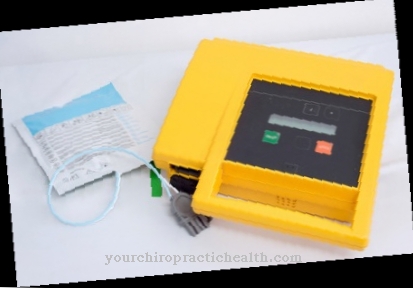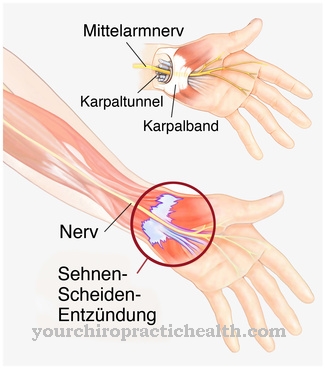With a Prism glasses a certain form of ametropia, hidden or latent strabismus, can be compensated. It is called "hidden" because the visual deficit is not visible to other people. Health experts estimate that around 80% of the population are affected by this restriction. However, it only causes problems for around 20% of them. The eyesight of patients with latent strabismus is limited. Because of them, children sometimes have learning difficulties at school and - if not corrected - later possibly problems in professional life.
What are prism glasses?

Prism glasses are special visual aids. It is equipped with a wedge-shaped bevel and is used especially for the correction of angular ametropia (associated heterophoria). At least one of your glasses is processed in such a way that the optical center point is not congruent with the main focus point.
Prism glasses are no longer made from a prism diopter number of 30 - this corresponds to an angle of more than 15 degrees. Such strong glasses are not only difficult to manufacture in terms of production technology, they also cause aesthetic problems for those affected. In addition, thicker lenses are heavier and make wearing the special glasses less comfortable.
Patients who have been diagnosed with ametropia cannot have their prismatic glasses manufactured by every optician: there are only a few specialists who are able to carry out a measurement in this regard. Not all ophthalmologists specialize in this area either. Refractionation is usually not part of their training.
Shapes, types & types
There are two ways to correct the ametropia: decentering with the help of prism glasses or attaching a prism film to the respective lens. However, the normal medical case is the prismatic cut glasses. Since these are custom-made, they cost more than conventional lenses.
Basically, prism foils should only be used for a transitional period of a maximum of 4 weeks until, for example, the planned eye muscle operation takes place. They offer an image quality that is 30 to 70 percent worse than prism glasses - which is problematic because the blurring leads to even greater difficulties in the interaction of both eyes.
Prism glasses are used as safety glasses by climbers, for example. They can be used as inverted glasses in certain psychological experiments.
Structure & functionality
Usually the six muscles responsible for eye movement are in balance. However, this is not the case with latent strabismus: the visual axes that usually meet in the object fixed by the eyes do not do this in the case of the anomaly. There are vertical or horizontal deviations.
First, the body tries to correct the imbalance with its motor skills - but after a while this becomes too strenuous for it. The wedge-shaped cut of the prismatic glasses means that the affected eye no longer has to make the tedious adjustment. The force previously used for this can now be used for more important activities.
The prism glasses not only improve the mobility of the eyes.Follow-up movements are also carried out with greater precision and faster. The maximum deviation that can be corrected with the prism glasses is 4 cm per meter. At more than 12 cm / m / m, thicker prismatic glasses are recommended or - if the person concerned perceives them as mentally stressful - an eye operation.
Depending on the medical indication, prism lenses can also be ground spherically or cylindrically. They are also available with a glide-view effect.
The prism glasses are inadequate for patients who also suffer from focusing problems. In such a case, it is recommended to combine prism glasses with optometrically guided visual training.
You can find your medication here
➔ Medicines for visual disturbances and eye complaintsMedical & health benefits
Prism glasses are used to correct angular ametropia - a visual defect in which both eyes are not 100 percent parallel. Patients with latent strabismus can focus their eyes on one and the same object, but the affected eye has to use a lot of muscle power to do this. This is the case with only a few degrees of deviation.
If the compensation does not succeed or is inadequate, symptoms appear. Excessive exertion leads to rapid fatigue of the eye muscles, visual disturbances despite glasses, increased sensitivity to light, eye pain and headaches.
School children with this malformation often have writing and arithmetic problems. When drawing, the edges of the figures are painted over and groups of letters are sometimes misread. Immediate consequences are poor school performance and reluctance to solve the tasks assigned to them. Some of the child patients who have been diagnosed with dyslexia also suffer from angular ametropia.
Squinting at a smaller angle causes more difficulties for those affected than those with larger deviations. If the latter is the case, the prism glasses are usually worn for a long time and then - if there are deviations of at least 20 cm / m - an operation is performed.
Since the misalignment is irreversible, the patient has to wear the special glasses all his life. Most of the time there is improvement after a short period of getting used to it. In some cases the visual acuity has to be readjusted later.


























.jpg)

